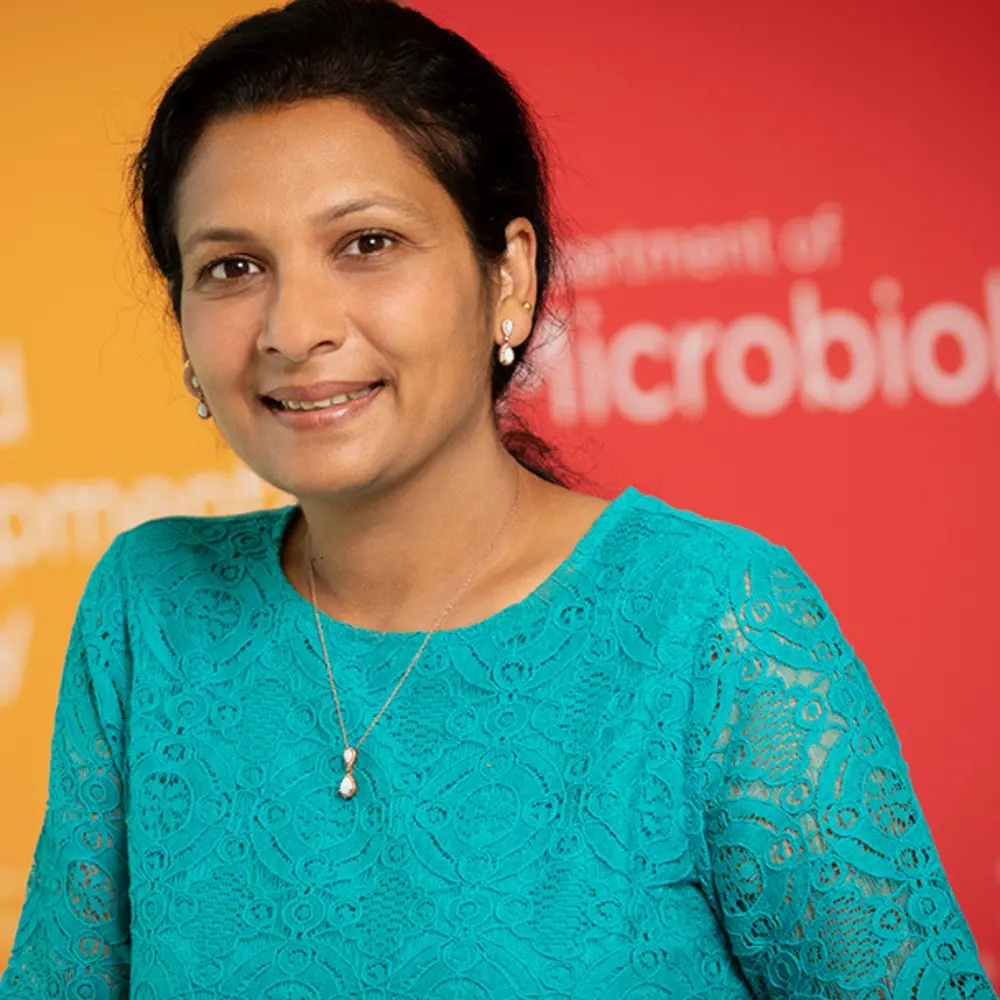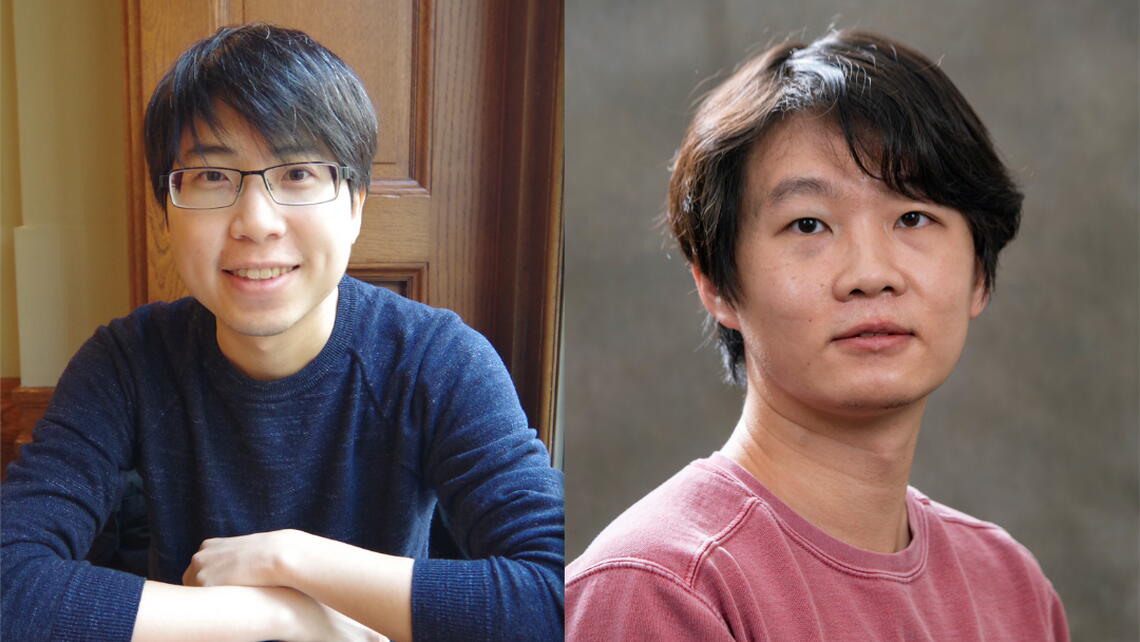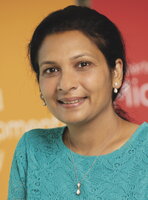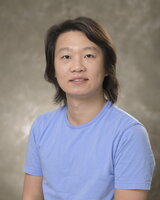
Initiation of DNA duplication requires a six-subunit complex, the Origin Recognition Complex (ORC) that binds to the origins of DNA replication. The individual components of ORC also have many roles in other parts of the cell cycle, including heterochromatin organization and cytokinesis.
New research from Supriya Prasanth’s lab at the University of Illinois provides tremendous insight into the role of the smallest subunit of the human ORC, Orc6. Although the ORC is conserved in all eukaryotes, Orc6 is the most evolutionarily diverged. In a recent study published in PNAS, the Prasanth lab identified a novel role for Orc6 in the maintenance of genome integrity.
Dr. Prasanth, professor and head of the Department of Cell & Developmental Biology in the School of Molecular & Cellular Biology, explores the cell cycle in cancer cells, with a specific emphasis on how cells avoid cancer through intracellular genetic repair systems, like MMR (mismatched repair). MMR functions by detecting “bulges” that indicate insertion/deletion mutations in recently replicated DNA and works to correct the mismatched bases.
To Dr. Prasanth, the most exciting finding of this paper is that hOrc6 has a role during replication progression and is an accessory factor of the mismatch repair complex, and it plays a critical role in DNA repair.
The results of this project have “opened up many newer areas of exploration,” she said. Next steps include studying how mutations in Orc6 impact genome stability. Errors in the MMR genes are linked to Lynch syndrome, a hereditary cancer syndrome. Further, researching the role that hOrc6 plays in tumorigenicity and as a protein of MMR will provide insight into the larger regulatory mechanism of DNA replication and repair in human cells, she said.
The National Science Foundation, National Institutes of Health, Cancer Center at Illinois, and Prairie Dragon Paddlers supported this research.


